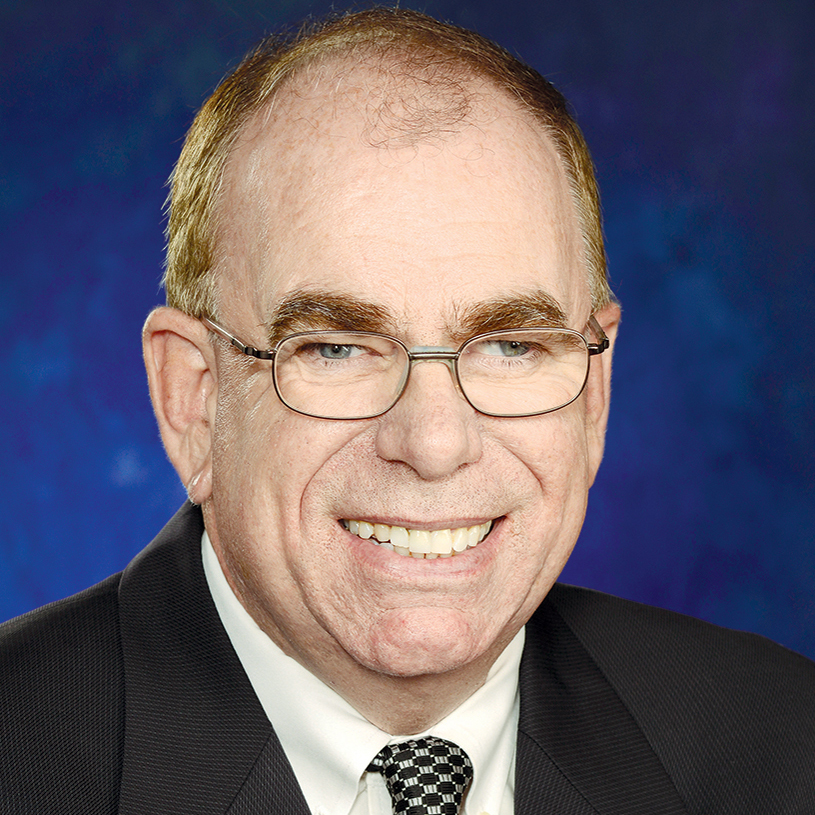
Have you ever been to a planning meeting that focused on ways to reduce prices?
Me neither. But funny enough, that’s what a landmark report is calling on senior living operators to consider.
First, some context. A study appearing in the May issue of Health Affairs argues that by lowering what’s charged by $15,000 a year, the senior living sector could make its product accessible to an additional 5.9 million people. The investigation is backed by the National Investment Center for Seniors Housing & Care.
If that prophecy is anywhere near accurate, the nation would need almost 82,000 more 72-unit communities just to house the flood of newly eligible residents. But how does this sector start playing small ball?
As my colleague Lois Bowers reported yesterday, two relevant strategies were laid out Tuesday at the NIC’s Middle Market Investor Summit in New York.
First and foremost, operators should build communities for the middle class based on what research reveals as affordable. The sector then should address ways to realize efficiencies via design and operations.
“There are a lot of ways to do this, but it has to be thoughtfully designed,” said panelist Judy Marczewski, CFO of Seattle-based Leisure Care.
Her company recently opened its third independent living community for middle-income older adults. Marczewski noted that labor costs can be trimmed by designing the kitchen to increase efficiency and thinking about menus and food. One example: serving high-quality food but offering fewer choices, and preparing meals throughout the day rather than all at once.
Serving the middle market doesn’t necessarily mean using the least expensive equipment, either, Marczewski added. Higher-quality kitchen equipment might necessitate fewer workers. Similarly, better quality furniture will likely last longer and require fewer repairs.
A second key strategy: base middle-market communities on lifestyle rather than affordability.
Waltham, MA-based Benchmark has found success opening an assisted living / memory care community that offers shared units — or what the company calls companion units — as a way to reduce costs for the company and for residents.
“Because of the smaller building size, the way that we marketed this was not as a lower-cost option but as a high sociability option,” Chairman and CEO Thomas Grape said. “We encourage folks to spend more time in the common areas rather than in their units, and when you walk into this building, the vibe is electric.”
To be sure, successfully serving the middle market is going to force many operators to break old habits. That’s inevitable when a new proposal runs contrary to previous practices and assumptions. But the potential payoff here could be extraordinary.
The alternative is to keep doing the same things and hope for different results. But as a general rule, hope generally works better as an attitude than a business strategy.

